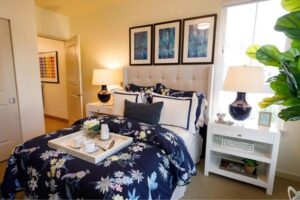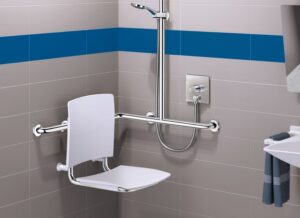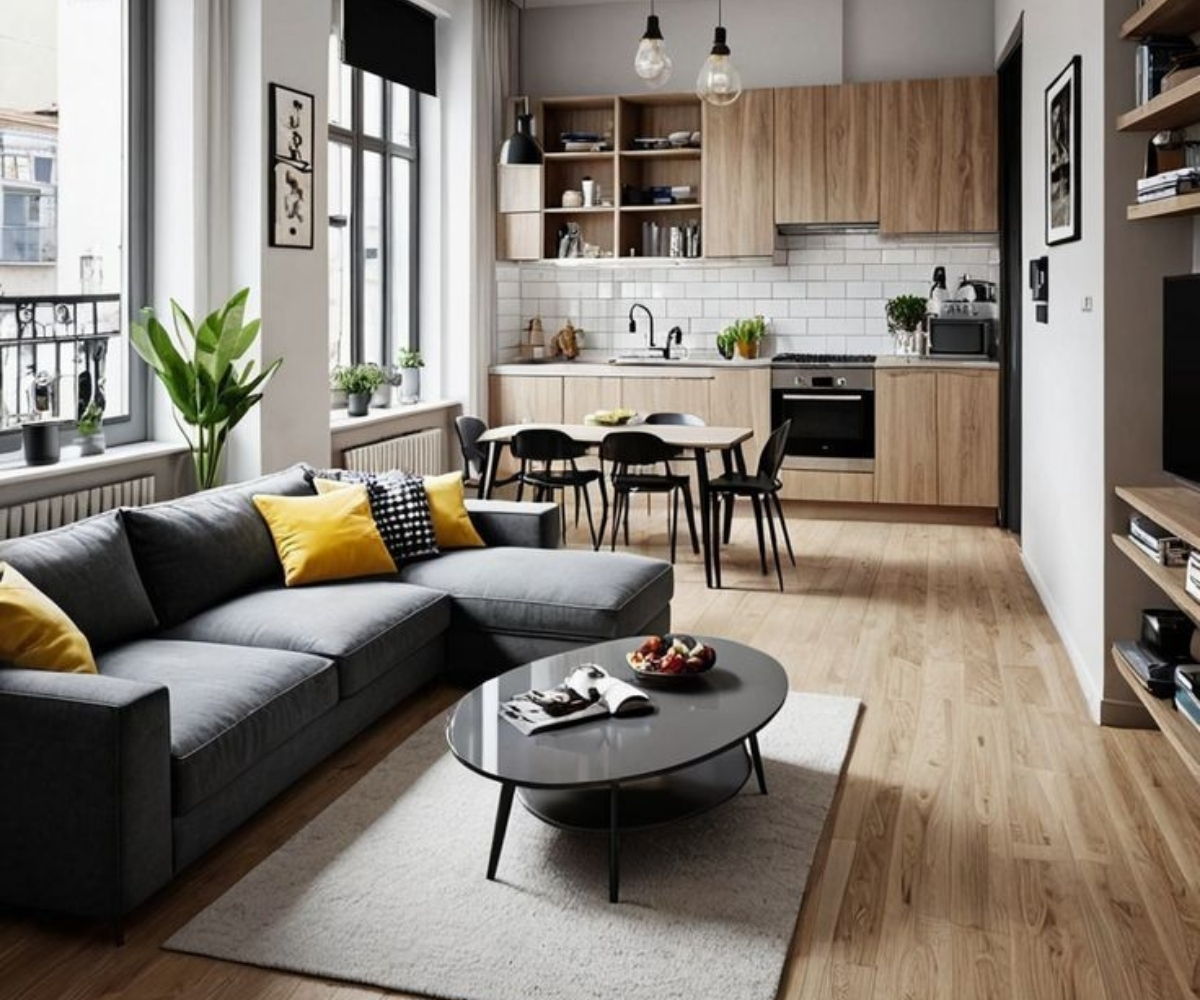Designing a Comfortable and Safe Living Space for Elderly Parents
As parents age, their comfort, mobility, and safety become top priorities in home design. Creating a room tailored to their specific needs not only supports their independence but also enhances their overall well-being. Here are some essential tips to help you design a warm, accessible, and secure space for your elderly parents.

1. Focus on Safety First
The foundation of a senior-friendly room begins with safety. Ensure the flooring is slip-resistant—opt for vinyl, cork, or textured tiles, and avoid loose rugs or clutter that can lead to trips and falls. Install grab bars in key locations like the bathroom and beside the bed to aid movement. Replace platform beds with slightly elevated beds (around 25 inches high), making it easier to get in and out. Choose a height that suits your parents’ specific needs for comfort and stability.
2. Ensure Easy Accessibility
The room should be arranged to accommodate mobility aids such as walkers or wheelchairs. Keep doorways wide, and ensure essential items are within arm’s reach. Avoid high cabinets and deep drawers. Organize the room layout to reduce the need for frequent movement—group together furniture and storage thoughtfully.

3. Choose Supportive and Practical Furniture
Select furniture that is sturdy, supportive, and easy to use. Chairs should have firm cushions, high backs, and armrests. Electric recliners can offer added comfort and assistance. Avoid furniture with sharp edges—rounded corners are safer. Keep the layout spacious, avoiding clutter or excess decor that could become an obstacle. Include a bedside table with drawers for medications and an easily accessible reading lamp.
4. Enhance Lighting and Visibility
Vision tends to decline with age, so good lighting is essential. Use a mix of natural light and artificial lighting, such as overhead lights, table lamps, and task lighting. Install nightlights or guide lights along the path to the bathroom to make nighttime navigation easier. Choose colour contrasts—like dark furniture against lighter walls—to improve depth perception and visual clarity.

5. Create a Calm and Inviting Ambience
Choose soft, neutral tones for walls and furnishings to create a peaceful, relaxing atmosphere. Avoid loud patterns or overwhelming prints. Use blackout curtains or adjustable blinds to control natural light. Add cozy touches like soft bedding, pillows, and warm blankets. These small comforts can make a big difference in their quality of rest.
6. Modify the Bathroom for Safety and Comfort
Bathrooms can pose significant risks if not designed with care. Use non-slip mats and consider adding a walk-in shower or bathtub with a handheld showerhead. Install grab bars and a raised toilet seat for easier use. A foldable shower seat or stable wooden bench can also be helpful. Ensure surfaces are free of sharp edges and easy to clean.
7. Incorporate Helpful Smart Features
Technology can provide added convenience and peace of mind. Consider voice-controlled lights, smart thermostats, or emergency call buttons. Motion sensor lights are especially useful at night. These features allow for more independence and can be easily tailored to your parents’ preferences.

Final Thoughts
Designing a room for elderly parents involves more than just aesthetics—it’s about understanding their physical limitations and emotional needs. By prioritising safety, accessibility, comfort, and a soothing atmosphere, you can create a nurturing space that helps them live more independently and comfortably. If needed, you can always consult a design professional who specialises in age-friendly interiors to further personalise the room.





